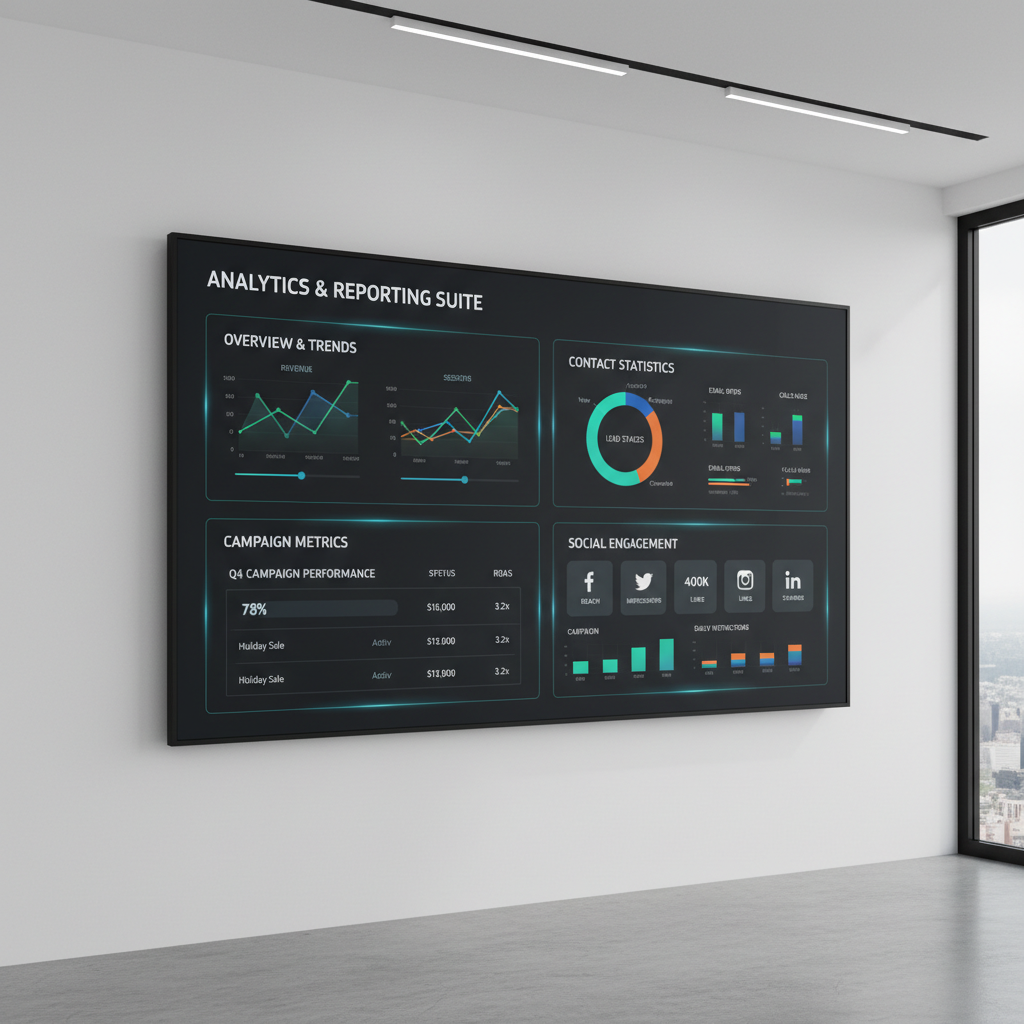How to Make a Professional 30 Minutes Video
Learn how to plan, shoot, edit, and enhance a professional 30-minute video with engaging visuals, structured flow, and strategic audience targeting.

How to Make a Professional 30 Minutes Video
Creating a professional 30 minutes video that captivates viewers from start to finish is both an art and a science. Whether you’re producing for YouTube, corporate training, educational programs, or online courses, your success depends on combining creative storytelling with technical execution. In this comprehensive guide, you’ll learn how to plan, shoot, edit, and promote a long-form video that maintains audience engagement and maximizes impact.

---
Define Your Video Goal and Target Audience
Before hitting the record button, be absolutely clear on why you are making this video.
- Purpose: Are you teaching, entertaining, selling, or inspiring?
- Desired Outcome: Do you want viewers to subscribe, purchase, or share?
- Audience Profile: Determine demographics, expertise level, and interests.
Defining your target audience will shape the tone, format, and delivery style. For example, a corporate safety training video should have a formal, instructional tone, whereas a gaming vlog might embrace humor and informality.
---
Plan Your Content with a Storyboard or Script
Thirty minutes is a substantial runtime; without structure, attention spans can dwindle quickly. A storyboard or detailed script enables you to:
- Organize the flow into coherent segments.
- Maintain narrative consistency.
- Allocate precise timing to each section.
Storyboarding Benefits
- Visualizes camera angles, shots, and transitions.
- Minimizes shooting and editing time.
- Identifies b-roll requirements ahead of filming.
---
Choose the Right Format
The format determines techniques, tone, and required equipment. Common 30 minutes video formats include:
| Format | Best For | Key Characteristics |
|---|---|---|
| Tutorial | Education, skill training | Structured, step-by-step demos |
| Vlog | Personal branding, lifestyle | Casual, personality-driven tone |
| Interview | Expert insights, storytelling | Q&A structure with supporting visuals |
| Documentary | In-depth exploration | Combination of interviews, narration, archival content |
---
Prepare Your Equipment
High-quality production starts with the right gear. Invest based on your needs and budget.
Essentials:
- Camera: DSLR, mirrorless, or flagship smartphone.
- Microphone: Lavalier or shotgun mic for clear dialogue.
- Lighting: Softbox or ring lights to avoid harsh shadows.
- Tripod/Stabilizer: Ensures steady shots for professional framing.
---
Ensure Proper Framing and Composition
For long-form content, consistent, appealing visuals are crucial.
- Apply the Rule of Thirds for balanced composition.
- Maintain consistent lighting, particularly indoors.
- Check headroom and avoid cutting off facial features.
- Keep backgrounds uncluttered to avoid distractions.

---
Record in Segments
Filming in smaller, focused segments ensures better control and editing efficiency.
- Record each section or talking point separately.
- Rerecord immediately after mistakes to save time.
- Use a slate or digital clap marker for easier syncing.
---
Use B-Roll and Cutaways
B-roll footage and cutaways create interest and break visual monotony.
Examples include:
- Close-ups of mentioned items.
- Process shots related to narration.
- Reaction shots or environment visuals.
---
Edit for Pacing
Even strong content can lose an audience if pacing lags.
- Trim pauses, hesitations, and repetition.
- Add visual changes every 20–40 seconds.
- Mix shot types for variety.
- Use jump cuts with purpose to keep energy high.
---
Add Music, Sound Effects, and Graphics
Complementary audio and graphics enhance immersion.
Key tips:
- Use royalty-free music to avoid legal issues.
- Maintain a balanced background audio volume.
- Include lower thirds for names and topics.
---
Optimize Video Size for Web
Efficient file sizes improve upload times and streaming quality.
- Export using H.264 codec for quality/size balance.
- Resolution: 1080p is standard; opt for 4K if quality is a key selling point.
- Adjust bitrate based on platform guidelines.
---
Set Up Chapters or Timestamps
Chapters improve navigation for longer videos and also enhance search discoverability.
Example:
00:00 Intro
01:35 Segment 1: Topic overview
07:20 Segment 2: Expert interview
15:45 Segment 3: Demonstration
25:00 Conclusion---
Write an Engaging Title and Description
Incorporate your primary keyword in both the title and the first 150 characters of the description naturally.
Example Title:
"How to Make a Professional 30 Minutes Video: Step-by-Step Guide"
---
Design an Eye-Catching Thumbnail
Thumbnails directly impact click-through rates.
- Feature a clear subject.
- Use bold fonts with contrasting colors.
- Maintain brand style and tone.

---
Promote Your Video
Publishing is just the first step — promotion drives views.
Effective channels:
- Social media: Facebook, Instagram, LinkedIn, TikTok.
- Email newsletter blasts.
- Targeted communities and forums.
Leverage micro-content snippets to entice full views.
---
Analyze Watch Time and Retention
Use analytics to refine your future productions.
Track:
- Average view duration.
- Retention curve to spot drop-off points.
- Traffic sources.
Apply insights to improve pacing, scripting, and marketing strategies.
---
Conclusion
Producing a professional 30 minutes video involves carefully orchestrating each stage — from defining goals and storyboarding to filming, editing, and promoting. By combining creative planning, technical expertise, and ongoing optimization, you can create long-form content that resonates deeply with your audience.
Ready to start your own project? Apply these tips to your next shoot and watch your engagement soar!




